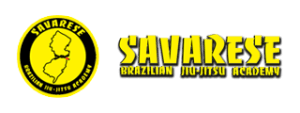Jiu-Jitsu passing the guard theory
Jiu-Jitsu passing the guard theory
A Jiu-Jitsu passing the guard theory is to separate the knee and elbow. Just like we teach when passing to connect your elbow and knee many times, we have to separate that connection while passing. When you can separate knee and elbow you can pass and pin. One of the main difficulties associated with passing the guard of a trained opponent is separating his knee and elbow on the side towards which you are passing. As long as your opponent keeps his knee and elbow framed together you will not have the space required to establish chest to chest contact and though you may have passed his legs and his hips, you have not passed his guard. Learn to understand the need to separate knee and elbow as part of the guard passing process and you will have a lot more success getting to your pins and guard passes. Don’t be satisfied with the superficial action of getting past the legs and hips, this has little effect on a skilled opponent. Even as you are doing that, start plotting how you lever apart his knee and elbow so that you can actually profit from passing the legs/hips and get your score. We stress this theory here at Savarese BJJ (www.njbjj.com). Here, Professor Rafael Lovato Jr does a fine job of keeping knee and elbow far apart as he exerts his passing pressure and is rewards with a gap big enough to drive a truck through. The result? A clean pass to a controlling side mount.

